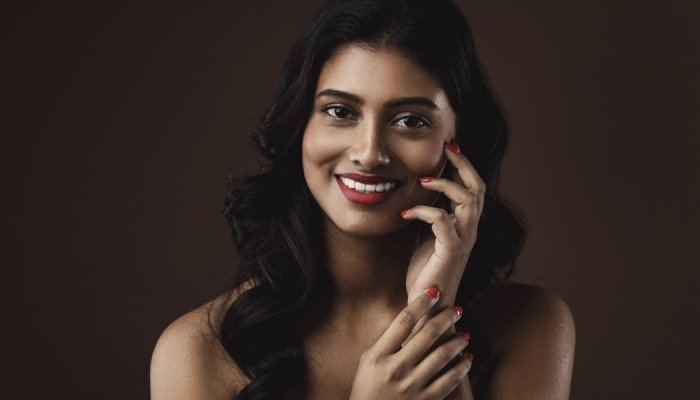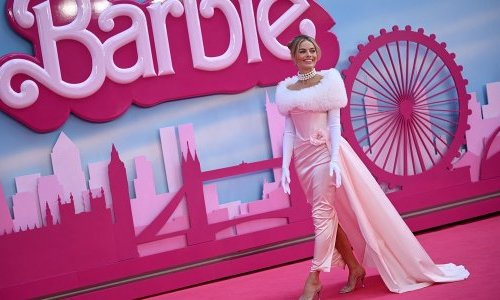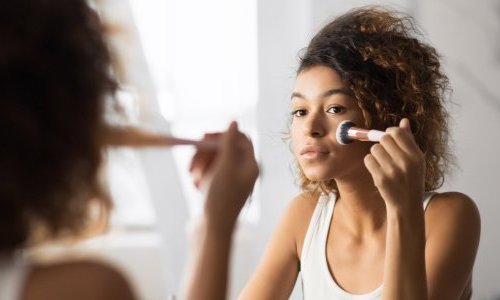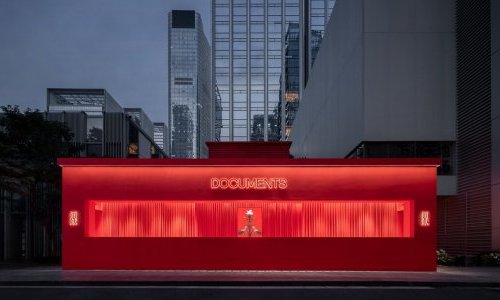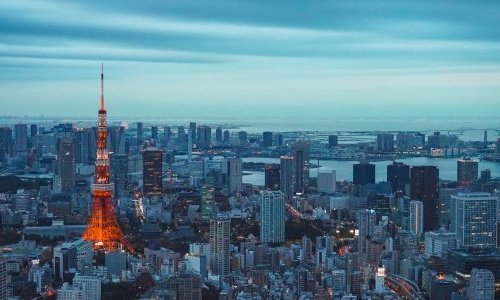L’Oréal has been gaining market shares and reviving the Lancôme brand through the Sephora sales channel. Les Galeries Lafayette are planning to open two department stores, in New Delhi and Mumbai. And Estée Lauder is launching the Beauty & You India programme with Indian company Nykaa to support young Indian beauty brands: following the example of major fashion names, beauty luxury brands have been getting ready to conquer the Indian market, just like they did in China.
Over the past decades, the country has actually experienced a significant demographic growth, with a population of 1.4 billion people that is about to become the largest in the world, along with an economic growth that has resulted in the wealthiest classes enjoying increased buying power. According to the 2023 Forbes richest people ranking, India counts 169 billionaires in dollars, compared to 140, in 2021, and the number of millionaires keeps increasing, mainly in the city of Mumbai, which counts 60,000. These dynamics have been fuelling the development of a luxury product offering, which reminds of the boom observed in China.
“India is often cited as reference when it comes to numbers, because its population is about to become larger than China’s, but the comparison ends there,” tempers Florence Bernardin, founder and Director of Asia Cosme Lab, a marketing watch agency specializing in beauty products for Asia. “The number of millionaires is rising, but the truth is, 90% of the economy remains non-official, and the average income is still very low. Only 10% of Indian people earn more than 280 euros per month. Of course, out of 1.4 billion, it makes 140 million people – twice the French population – but it is not the same as China, where the GDP per capita reaches 12,000 dollars. In India, it peaks at 200. So, it IS a huge, developing market, but with a very low price level. Luxury will only reach a very small part of the population”, she adds.
Local indie brands are booming
Wealth is unequally shared from one region to another, and it is mainly concentrated in cities, which shelter an increasing number of start-ups in the field of technological innovation. Meanwhile, distribution channels have been expanding, in particular online, driven by Indian giant Nykaa and direct selling. Makeup brand Sugar, founded by Vineeta Singh, has become one of the biggest players on the D2C segment (Direct to Consumer) in India, and it also counts 150 stores. The Body Shop has reached the threshold of 200 stores opened in 2023. The brand is present in more than 65 cities in India.
“What is changing is that many indie brands have been emerging. The market is dynamic, now: it is driven by technologies, social media, online sales, lifestyle changes, the media, and influencers. All these brands are riding the current global trends, i.e. naturalness, men’s grooming, inclusivity, and Ayurveda, of course”, observes Florence Bernardin.
For example, 82°E, actress Deepika Padukone’s minimalist skincare brand, uses plants from the traditional Indian pharmacopoeia. Launched online in November 2022, she received a flood of negative feedback from her fans due to the selling prices, from EUR 20 (USD 22) to EUR 30 (USD 33): much too high for the Indian market.
The successful indie brands whose sales prices range between EUR 1.5 (USD 1.65) and EUR 18 (USD 19.75) include Juicy Chemistry, an Ecocert/Cosmos-certified nutricosmetics and skin, hair, and body care brand, Neemli Naturals, which combines science and naturalness with prices between EUR 1.6 and EUR 18, MamaEarth, of the Godrej group, and Dr Sheth’s for Indian Skin, for a dermatological and Ayurvedic approach.
“These brands can definitely export to Europe, because they offer quality products, or they can enter markets that do not have the same revenues as we do. For example, they can compete with China on African markets, or with South Korea in South-East Asia”, adds Florence Bernardin.
A long-term evolution
Even for brands with moderate prices, the future depends on macro-economic politics that support growth.
“Contrary to China, the problem with India is that there is too little investment in health and education. Only 3% of young people have access to high positions. There are good universities, but not enough places. And it is actually for this population segment that luxury is developing. There is a huge potential, but at the current pace, it will take several generations to take advantage of it”, says the expert, adding that 40% of the population is under 25 in India. The median age is 28 years old – it is 39 in China.
“I think the role of all these luxury players entering the Indian market consists in investing in education, by setting up schools or educating women. So they are not just a showcase”, suggests Florence Bernardin, to conclude.

